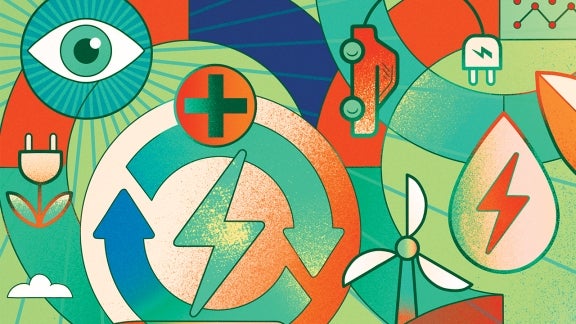
One Last Thing: 3D Bioprinting: From the Lab to the Shelves?

By Carolina Catarino | Recreating human tissue is no longer science fiction
What if we could recreate an organ or a tissue in the laboratory when someone needs a transplant instead of making them wait on a list? Even better, what if we could have 3D bioprinted organs, stocked on shelves and ready to be used to replace injured or damaged tissues? Years ago, this idea of creating human body parts inside a laboratory would have been considered the work of a science fiction novel. This scenario — where live organs are created in a lab and kept in jars — can be scary and intriguing in the fictional context, but as a scientist, I can say that it can also be very inspiring. Even though we are probably years away from such an amazing reality, today, with the current advances in tissue engineering and the development of 3D bioprinting techniques, one can say this is no longer science fiction.

What is 3D bioprinting anyway and how is this going to help us live the science fiction dream? Conventional 3D printing uses an additive (e.g., layer-by-layer) process to manufacture tridimensional objects using synthetic materials such as nylon, resins, ceramic, and so on. These systems have been adapted for printing structures such as tissues and organs using “bioinks” containing biomaterials (e.g., proteins, biopolymers) and cells. These bioinks are loaded to cartridges on the printer and then, following a 3D model with a predefined pattern, the printer starts precisely depositing the bioinks in order to create a tridimensional structure. Once printed, these 3D models containing biomaterials and cells can then mature in the lab to form a structure that mimics parts, or even the whole function, of a tissue or organ.
Now you might be asking yourself, if we already have the technology, why are we still years away from having complex 3D bioprinted organs, such as the heart, available? The human body is a very complex machine, where tissues and organs work in perfect synchrony to keep us alive. Trying to recreate parts of this complex machine outside its natural context is very difficult. Some of the challenges faced by scientists working in this field include the search for an ideal source for cells, immunoreaction and maintenance of the structural integrity of the artificial organ, methods to supply nutrients and oxygen to all cells, development of a solution that could replace the blood function for tissues and organs grown in the lab, and how to properly preserve them for transport and storage.
This 3D bioprinting technology can help us overcome some of these challenges. For example, several research groups have been exploring different approaches to building vasculature systems using 3D bioprinting as a tool to precisely recreate vessels, which would facilitate the transfer of nutrients and oxygen to the cells. Other groups are working on the development of bioinks with suitable mechanical properties to help maintain the structural integrity of the tissue once it has been printed, similarly to traditional 3D printing processes.
So, if we are still years away from making complex 3D bioprinted organs, how can this technology impact our lives now? Other areas besides regenerative medicine have greatly benefited from the advances of this technology. For example, 3D bioprinted in vitro models of human tissues, such as the skin, are already being produced and commercialized. These models can be used as an alternative method to traditional animal models for testing cosmetics, demonstrating how 3D bioprinting is already transforming our society. Other applications include the development of personalized disease models that can help doctors and researchers design improved treatment strategies. Even if the generation of complex organs for regenerative medicine is a little ways off, I believe that very soon we will start seeing the use of 3D bioprinted tissues and body parts for the treatment of specific conditions, such as with skin grafting for treating burn victims.
With the exponential advances of this technology, we need to start thinking not only about its potential to create and transform, but also about the ethical and social implications involved. With that, I want to leave you with a final thought, which I hope will help continue to inspire and guide us as a society: How far can we push this exciting science in an ethical way, and more importantly, how will we make sure that everyone can access and benefit from these advances?















